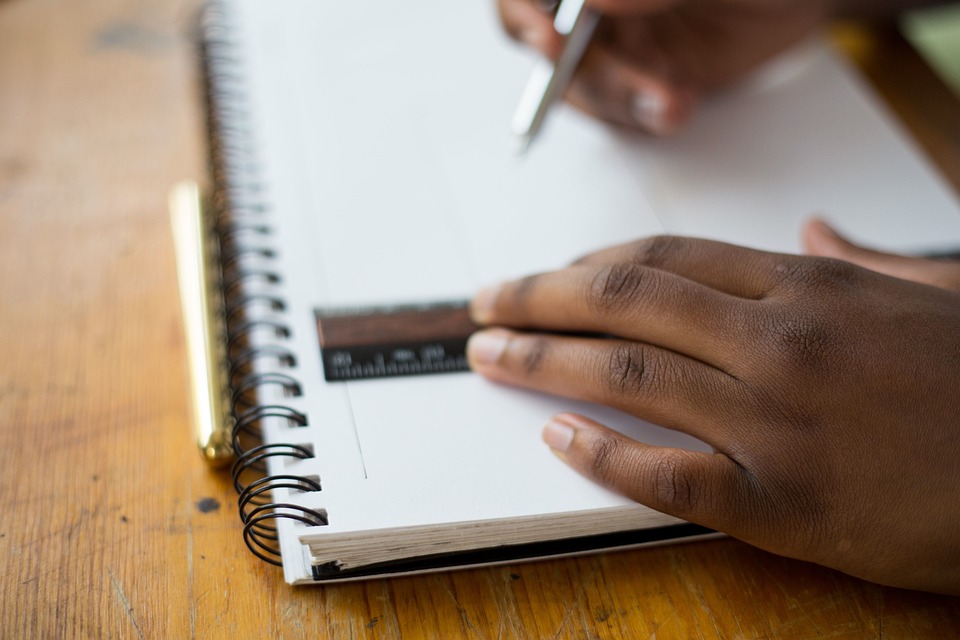1. Objectives
Estimativa de tempo: <10 – 15 minutos>
1.1. Main objectives:
– Provide a clear and comprehensive understanding of the concepts of inclusion and special education, highlighting the importance of diversity and respect for differences. (Skill 1)
– Develop empathy and understanding skills in children, allowing them to value the uniqueness of each individual and promote inclusive environments. (Skill 2, 3)
– Encourage collaboration and teamwork among students, recognizing the importance of supporting each other and learning together. (Skill 6)
1.2. Secondary objectives:
– Stimulate students’ creativity and innovation in the search for solutions to challenges related to inclusion, promoting diversity of ideas and perspectives. (Skill 4)
– Promote students’ self-confidence and self-esteem, encouraging them to express their opinions and feel like an active part of the educational process. (Skill 5)
– Encourage reflection on the importance of accessibility and adaptations to ensure the full participation of all students in school activities. (Skill 8)
2. Introduction
Estimativa de tempo: <15 – 20 minutos>
To start the class, the teacher must recall the previously discussed concepts about inclusion and diversity, in order to ensure that all students are aligned with the fundamental principles of inclusive special education.
The teacher can present two problem situations that involve the need to respect differences and value the individuality of each student. For example, asking students, “How can we create a welcoming environment for everyone in the classroom?” and “What are the attitudes we can adopt to promote the inclusion of colleagues with special needs?”
It is important to contextualize the relevance of the topic, highlighting that inclusion is not limited to the physical presence of students in the classroom, but also involves respect, acceptance and appreciation of their unique abilities.
To spark students' interest, the teacher can share inspiring stories of overcoming and inclusion, or show videos that illustrate the importance of accepting and respecting differences.
3. Development
Estimativa de tempo: <50 – 60 minutos>
3.1. Review of previous knowledge
Estimativa de tempo: <10 – 15 minutos>
The teacher should review the key concepts of inclusion and diversity discussed previously, encouraging students to share their experiences and perceptions on the subject. This can be done through a brief group discussion or pair activity.
3.2. Presentation of the theory
Estimativa de tempo: <15 – 20 minutos>
During this stage, the teacher must present the theory necessary to understand the importance of inclusive special education. This includes explaining the concept of inclusion, highlighting the appreciation of differences and promoting empathy and acceptance among students.
Furthermore, the teacher can address inclusive strategies and practices that can be adopted in the school environment, such as curricular adaptations, accessible teaching material, and respect for the individual needs of each student.
During the presentation, it is essential to encourage the active participation of students, encouraging the expression of their opinions and doubts regarding the topic.
3.3. Practical activities
Estimativa de tempo: <20 – 25 minutos>
Activity 1: Dynamics of empathy
In this activity, students are invited to put themselves in other people's shoes through practical exercises that encourage empathy and respect for differences. For example, situations can be proposed in which students must think about how they would act if they were in the position of a classmate with special needs.
Activity 2: Inclusive environment project
Students are divided into groups and challenged to create a project of what a fully inclusive school environment would look like, taking into account the different needs and characteristics of each student. They must present their ideas to the class at the end of the activity.
These activities aim to promote practical experience of the concepts discussed in the classroom, stimulate creativity and collaboration among students, and reinforce the importance of inclusion and diversity.
4. Return
Estimativa de tempo: <15 – 20 minutos>
4.1. Learning Check
Estimativa de tempo: <5 – 10 minutos>
After the activities, the teacher must review with the students what was learned, encouraging them to share their reflections and learnings during the dynamics carried out.
The teacher can ask questions such as: “What did you learn about empathy and respect for differences?” or “How did practical activities help you understand the importance of inclusion in education?”
The objective is to promote reflection and consolidation of the concepts discussed throughout the class, reinforcing the importance of inclusion and diversity.
4.2. Student feedback
Estimativa de tempo: <5 – 10 minutos>
Next, the teacher should request feedback from students, asking what they liked most about the class, what they found most challenging and whether they have suggestions for improving future activities.
This step allows the teacher to assess students' receptivity to the topic, identify areas for improvement and strengthen the relationship of trust and dialogue with the class.
5. Homework
Estimativa de tempo: <5 minutos>
Finally, the teacher must suggest a homework assignment that reinforces the concepts of inclusion and diversity worked on in the classroom. This could include writing a text about the importance of inclusion in education, or interviewing a colleague about their experiences and challenges.
It is essential that the proposed task is meaningful and encourages students to reflect on the class theme.
6. Conclusion
Estimativa de tempo: <10 – 15 minutos>
To conclude the class, the teacher must recap the main points discussed, reinforcing the importance of inclusion and diversity in education and society as a whole.
The teacher can emphasize the importance of promoting welcoming and inclusive environments, where each student feels respected and valued for their individual characteristics.
Furthermore, the teacher must encourage students to practice inclusive attitudes in their daily lives, both at school and in their personal relationships, contributing to the construction of a more just and empathetic society.
Finally, the teacher can suggest additional reading and research materials on the topic of inclusion and diversity, encouraging students to deepen their knowledge and promote awareness of the importance of equal opportunities for all.




